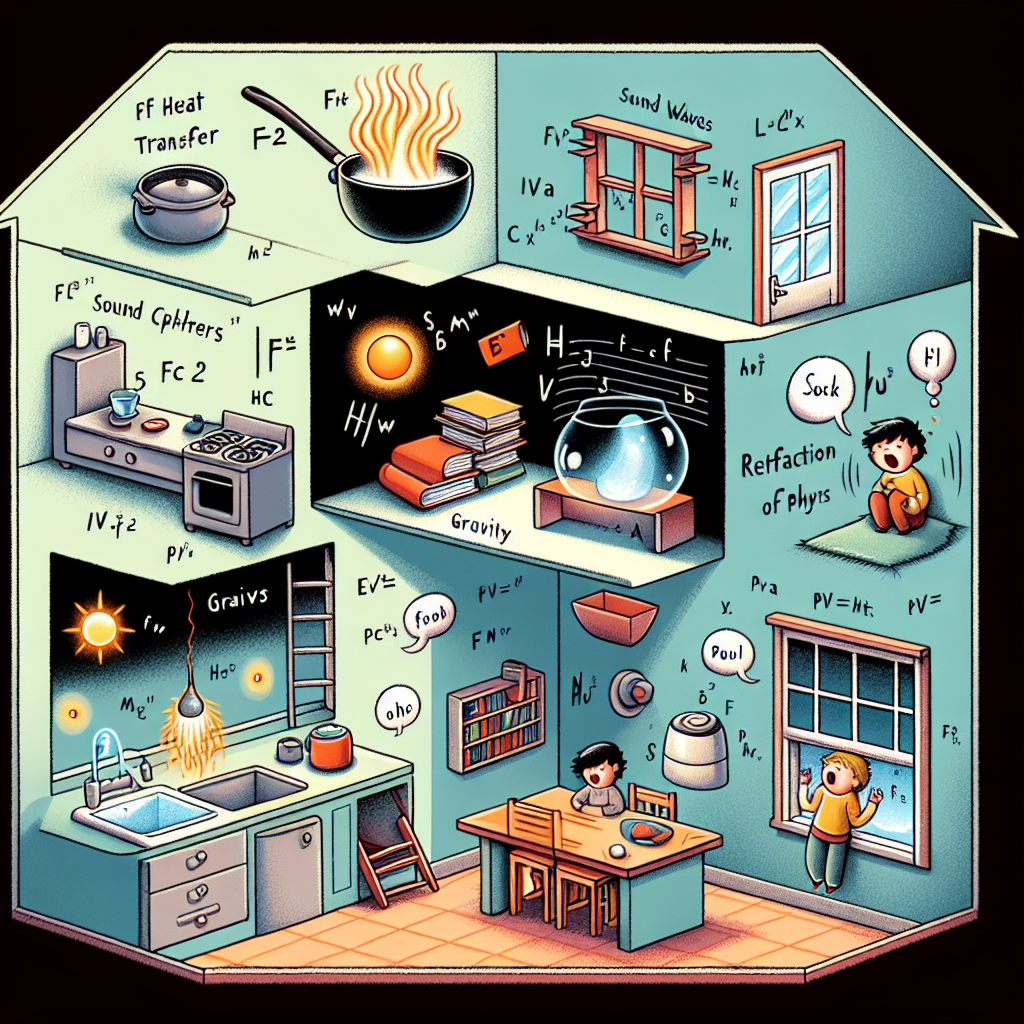Music and mathematics might seem like inhabitants of two different worlds — one emotional and expressive, the other logical and precise. Yet, beneath every melody that moves us and every harmony that soothes us, there lies a web of numbers, ratios, and patterns that quietly dictate the structure of sound itself. From the ancient theories of Pythagoras to the algorithms behind modern digital music, mathematics has always been the silent composer behind the beauty of music.
It all begins with vibration. Every note you hear is produced by something vibrating — a string, a column of air, or a speaker membrane — at a certain frequency, measured in hertz (cycles per second). The pitch of a note corresponds directly to this frequency: double it, and you go up an octave; halve it, and you go down. This simple mathematical relationship — a 2:1 ratio — is the foundation of musical harmony. It’s not just theoretical: even before we understood the physics, ancient cultures sensed that certain combinations of notes sounded “right,” not realizing their instruments were echoing natural mathematical laws.
Pythagoras, in the 6th century BCE, was among the first to uncover the numerical secrets of sound. He discovered that when a vibrating string is divided into simple ratios — like 2:1, 3:2, or 4:3 — the resulting notes form intervals that are pleasing to the ear: the octave, the fifth, and the fourth. These relationships formed the basis of what we now call the harmonic series, a pattern that continues infinitely, and one that all instruments naturally follow. In a sense, every song ever composed is built upon this ancient mathematical framework.
But music’s mathematical side doesn’t stop at harmony. Rhythm, too, is governed by precise numerical relationships. Every beat and measure can be expressed as fractions and ratios — half notes, quarter notes, triplets — creating temporal symmetry and variation. The human brain, intriguingly, finds comfort in rhythmic predictability but also craves small doses of mathematical surprise. That’s why a jazz rhythm that syncopates or a sudden time signature change in a progressive rock piece can feel both thrilling and satisfying: it dances on the edge of order and chaos, a playground of numbers disguised as sound.
The scales we use today are also mathematical compromises. The modern equal temperament system divides the octave into 12 equal logarithmic steps, allowing instruments like the piano to play in any key without sounding out of tune. This system slightly distorts the pure ratios that Pythagoras revered but creates a flexible framework for composers. Essentially, it’s a brilliant mathematical trade-off between theoretical purity and practical playability — and without it, Bach’s Well-Tempered Clavier or modern jazz improvisation would be impossible.
Even the emotional resonance of music has numerical echoes. Patterns, symmetry, and repetition — core mathematical concepts — underpin the structure of melodies and progressions that evoke emotion. Studies in cognitive science have shown that our brains unconsciously seek and predict patterns in sound. When music fulfills or defies these expectations in just the right way, it triggers pleasure centers, much like solving a puzzle or cracking a code. That’s why a perfectly timed resolution after dissonance feels so deeply satisfying — it’s the sound of mathematical balance restored.
In modern times, the marriage between math and music has grown even more intimate. Digital sound production, for instance, relies entirely on mathematical transformations. Algorithms translate vibrations into binary data, and Fourier analysis breaks down complex sounds into simpler sine waves. Auto-tune, synthesizers, and even Spotify’s recommendation engine are all applications of mathematical models that sculpt and interpret sound in ways no human ear could manage alone.
Perhaps most fascinating is the idea that mathematics doesn’t just explain music — it is music, in another language. The patterns that make melodies memorable and harmonies beautiful are the same kinds of structures that define the elegance of a geometric proof or a fractal. When a composer crafts a symphony or a producer layers beats in a studio, they’re manipulating equations of time and tone — whether they realize it or not.
So the next time a song gives you goosebumps or a chord progression makes your heart swell, remember: what you’re hearing isn’t just art — it’s arithmetic in motion. The beauty of music isn’t only in the notes we hear, but in the hidden mathematics that binds them together, transforming numbers into something profoundly human: sound that feels like emotion.




